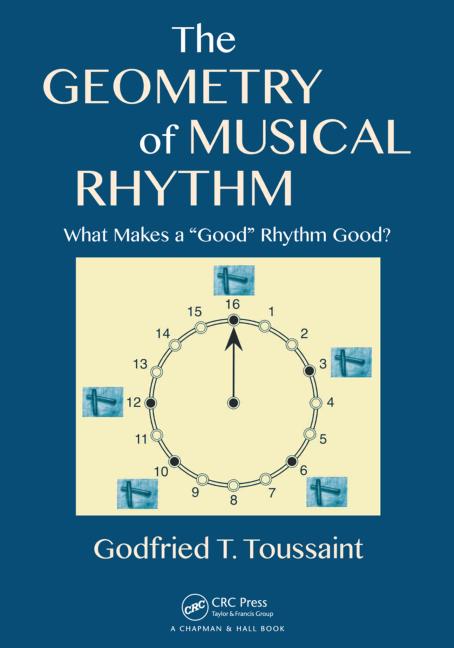Some time ago I attended a colloquium given by Princeton music theorist Dmitri Tymoczko, where he gave a fascinating talk on the connection between music composition and certain geometric objects (as I recall, the work of Chopin can naturally be viewed as walks among lattice points lying in some hyperbolic surface, which gives some sense of canonicity to his compositions). I am asking whether there exist books on music theory that is intended for an audience with a reasonably sophisticated mathematical background. This question is in the same spirit as this one regarding physics.
Any suggestions would be great!



